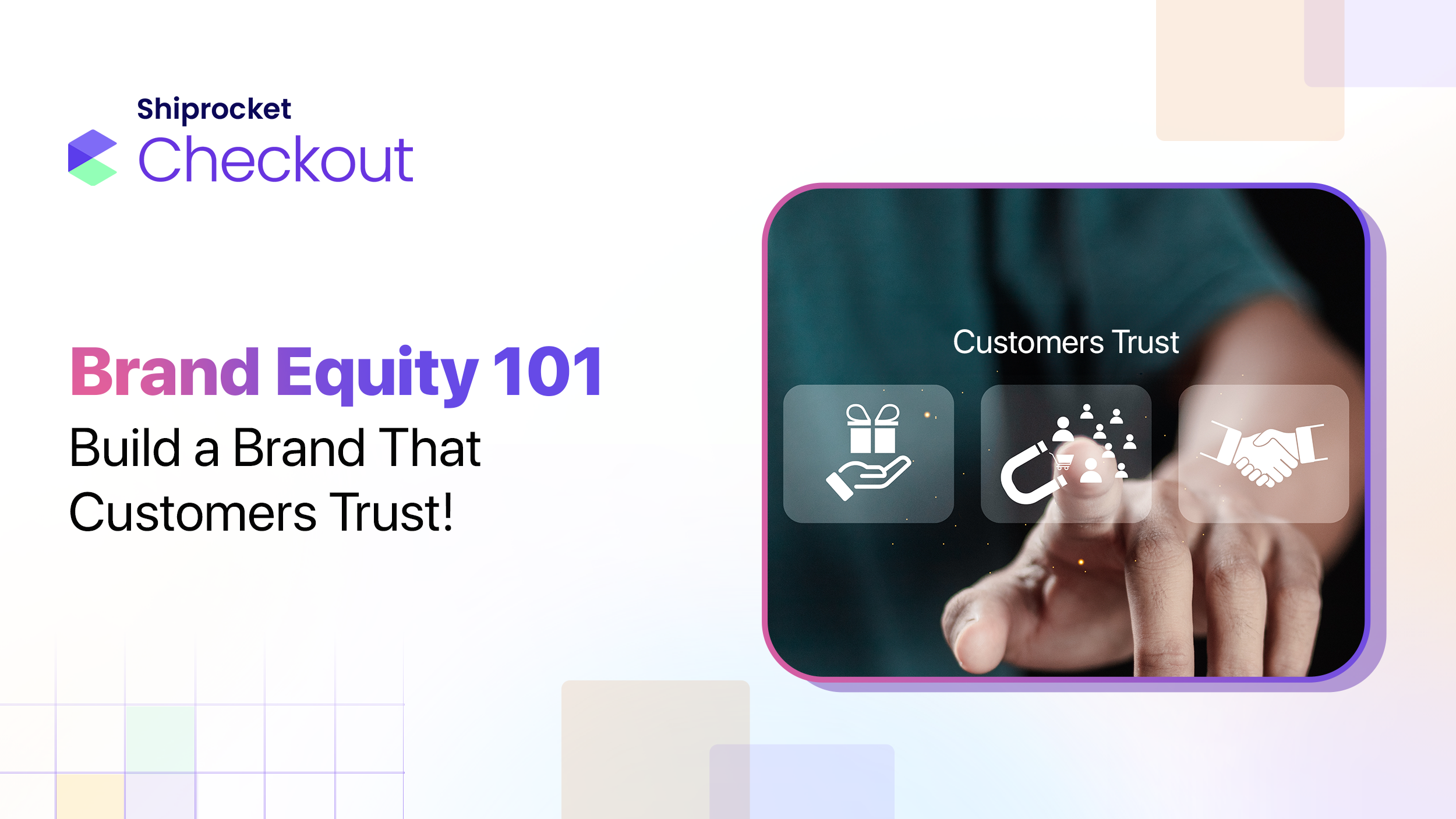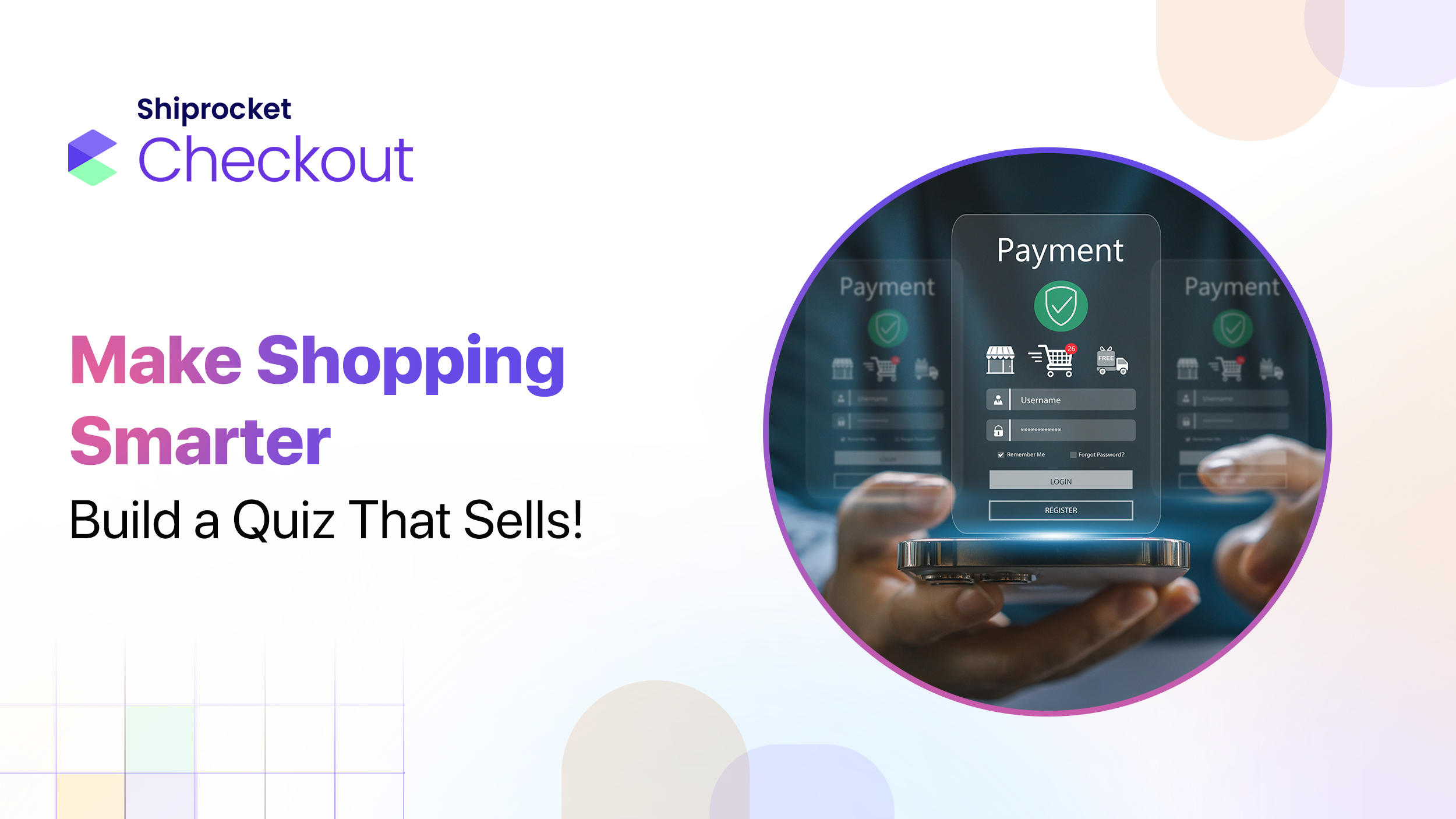App Uninstalls: Key Triggers, Recovery Tips, and Prevention Tactics
Faced with numerous competitors for app sales, it is indeed a daunting task for any marketer. It’s challenging to keep your app on users’ phones; getting it installed is just a checkpoint. Unfortunately enough, app uninstallations have become increasingly common. According to statistics, it is specifically high among users from tier 2 and 3 cities, as they expect a fast and reliable experience with minimal effort.
The main causes of users deleting your app can be identified by examining the checkout procedure, annoying notifications, or excessive app storage. It’s essential to understand these causes and prevent loss of income and damage to your business reputation. This blog will cover the reasons behind app uninstalls and tried-and-true retention improvement techniques, including Shiprocket.
Key statistics behind App Uninstalls
According to a survey, nearly 50 out of 100 users uninstall the app within 30 days of downloading. A checkout process that’s delicate to use and has poor functionality results in lower client satisfaction and poor retention.
Every uninstall is a missed chance and a wasted investment in customer acquisition for small and medium-sized sellers who rely on mobile applications to grow their businesses. Even worse, most app uninstalls go unnoticed until a noticeable revenue decline occurs.
Key Reasons Users Uninstall Apps:
Examining the reasons an app has been uninstalled provides insight into how to reduce the churn rate. Sellers must identify and analyse the causes of app uninstalls and adjust their strategies to improve user experience and retention. The following lists a few typical causes for app deletions:
- A Convoluted or Slow Checkout Procedure
The most crucial step, checkout, is where users frequently become stuck and quit the ecommerce app. This can be caused by a baffling UI, fewer payment methods, slow app responsiveness, or poor app performance.
- App Crashes or Bugs
Repeated non-streams and app frames can undermine user trust and increase the risk of ultimately losing users. Users expect flawless performance in today’s competitive market, and even the slightest indication of technical difficulties can cause them to uninstall the app and switch to a more reliable alternative.
- Overwhelming Notifications
With persistent push notifications pinging throughout the day, users are most likely to feel stressed and annoyed. Although push notifications can be helpful in engaging users, they must be used strategically and in moderation. To prevent users from uninstalling the app, notifications should be relevant, timely, and meaningful, offering genuine value rather than serving as unnecessary distractions.
- Issues with storage or large app sizes
Only the most important apps are likely to remain on users’ devices with limited storage. Apps that consume a significant amount of storage space but fail to provide sufficient value are more likely to be removed. Your app is more likely to stay on the user’s device for a longer period if it is both lightweight and well-optimised.
- Security Issues
Excessive redirects, unreliable-looking checkout screens, and limited payment options can all quickly erode user confidence. These problems almost always irritate and could lead users to uninstall the app in favour of one that feels safer and works better.
Why Some Users Come Back After App Deletion
Every deletion of an app is irreversible. Users tend to return in various circumstances, particularly when they notice improved app performance, receive new updates, or are presented with attractive offers. By fixing bugs and delivering new features, inventors can allure users to reinstall the app.
- The effectiveness of retargeting campaigns
Through targeted email, SMS, and social media, app installation campaigns can tempt users to return.
- A Better App Experience
After major bug fixes, faster load times, and the addition of new features, long-time app users often return.
- Brand Recall and Loyalty
Users who had positive experiences (smooth delivery, supportive customer service, etc.) find it easier to win back after they’ve deleted the app.
For online sellers, re-engaging past users is not only more cost-effective but also often more successful than trying to acquire completely new customers. Users who have already interacted with your app are familiar with your brand and are more likely to return if their concerns are addressed. Making user re-engagement a core part of your business strategy is crucial for enhancing retention and fostering lasting customer relationships.
Strategies to Improve Retention and Reduce App uninstalls
To maintain users and sales, provide an app experience that users will not want to delete. Here’s how:
- Simplify Onboarding
Make it easier for new users to sign up by eliminating unnecessary steps and streamlining the signup process.
- Always Improve App Functionality
Test your speed and errors periodically. Engagement can be negatively impacted by slow loading times.
- Customised Notifications
Send messages that assist users, rather than annoying them. Notify customers of pertinent order information, exclusive offers, or restocks, but refrain from announcing general marketing promotions.
- Collect User Feedback and Act
Users want to see changes that reflect their feedback. Continue to address user app complaints and make timely updates to the app.
How a Less Complicated Checkout Process Can Minimise Drop-offs
For most eCommerce sellers, the cashier experience is a make-or-break moment. A potential sale can easily be converted by an uninstall prompt due to a lengthy or difficult checkout process. This is where Shiprocket Checkout makes a real difference.
What Shiprocket Checkout Offers:
- Fast, mobile-optimised checkout screens
- Payment Modes Acceptable: UPI, cards, wallet, and COD
- One-click checkout for repeat users
- Real-time delivery estimates and tracking
- Secure environment with trust symbols
By integrating Shiprocket Checkout, sellers provide their users with a smooth and secure experience, especially during the final step. This improves conversions and minimises frustration-induced app deletion.
Conclusion
App uninstallations reflect a deeper loss in the connection between users and sellers that is often impossible to replace. For online sellers, this translates into a loss of income, diminished user engagement, and a failure to cultivate valuable customer relationships over time.
Understanding the underlying reasons for user uninstalls —whether it’s a poorly functioning app, a frustrating checkout process, or data security concerns —can guide sellers in decisively addressing those reasons for uninstallation.
Reducing churn is possible if sellers take proactive actions to engage users, pay attention to their feedback, and improve the app experience. This is where Shiprocket Checkout makes a decisive difference. Its streamlined and intuitive buying interface, secure payment gateways, and overall better UI offer rebuilding trust and customer satisfaction while increasing usage. Users become less likely to abandon the app when navigation, shopping, and order completion are effortless.
With Shiprocket Checkout added, your eCommerce experience can help retain users, decrease app deletions, and foster sustainable growth for your business. Start now with Shiprocket Checkout!



